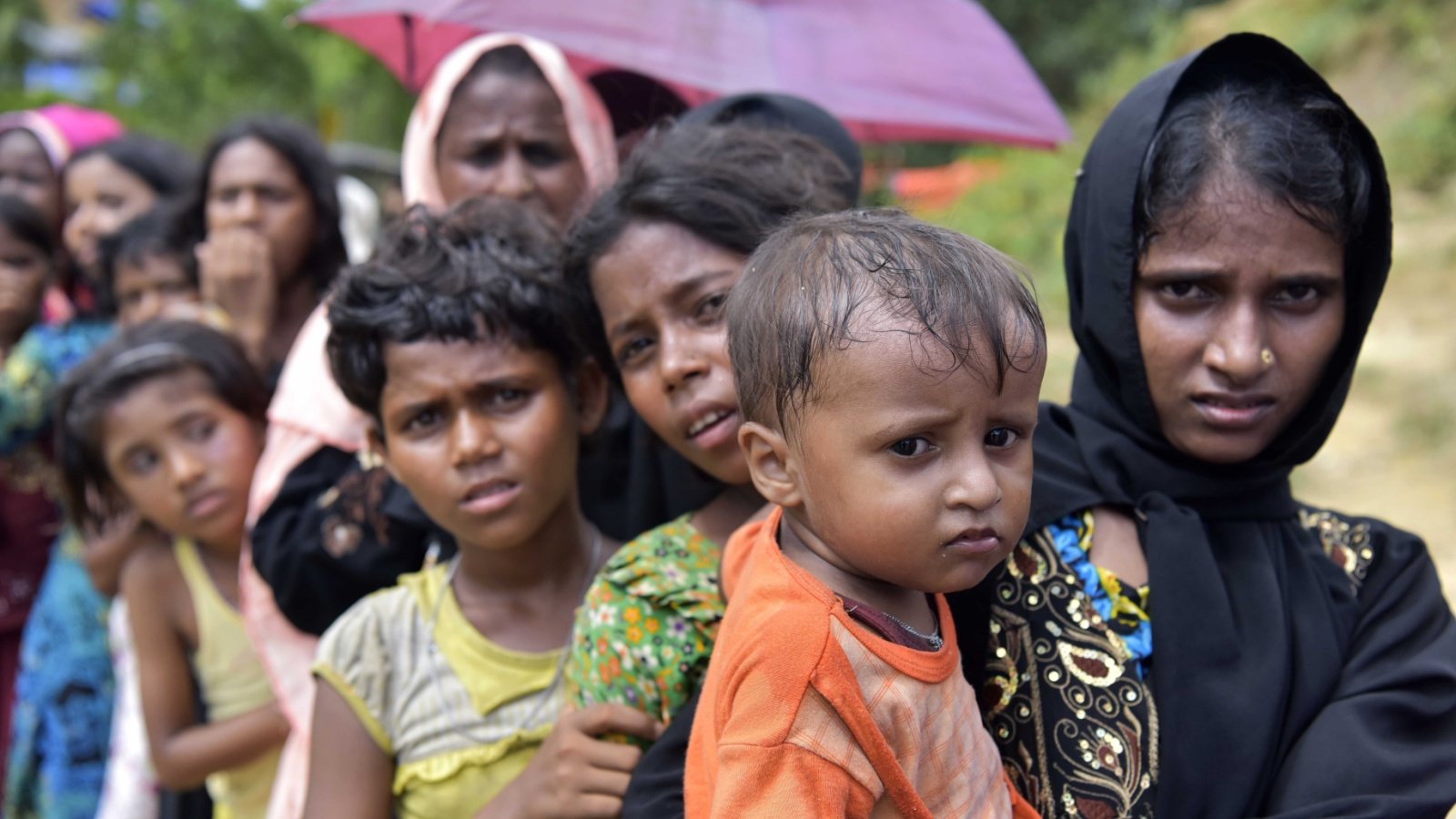Indonesian authorities successfully undertook a major search and rescue operation after a wooden boat carrying Rohingya Muslim refugees capsized enroute from Bangladesh to Malaysia, leaving its passengers in a dire situation. The vessel was discovered overturned, with survivors desperately clinging to its hull overnight.
Rescue Mission Launches

An Indonesian search and rescue ship quickly responded to the scene. The crew began the delicate process of rescuing the survivors, many of whom had spent a perilous night exposed to the elements on the upturned hull of their vessel.
Survivors Pulled to Safety

The rescue operation was tense and emotional. Survivors, including children, women, and men, were visibly distressed as they were helped aboard a rubber dinghy, transferring them from their precarious perch on the boat’s hull to the safety of the rescue ship.
The Count of Survivors
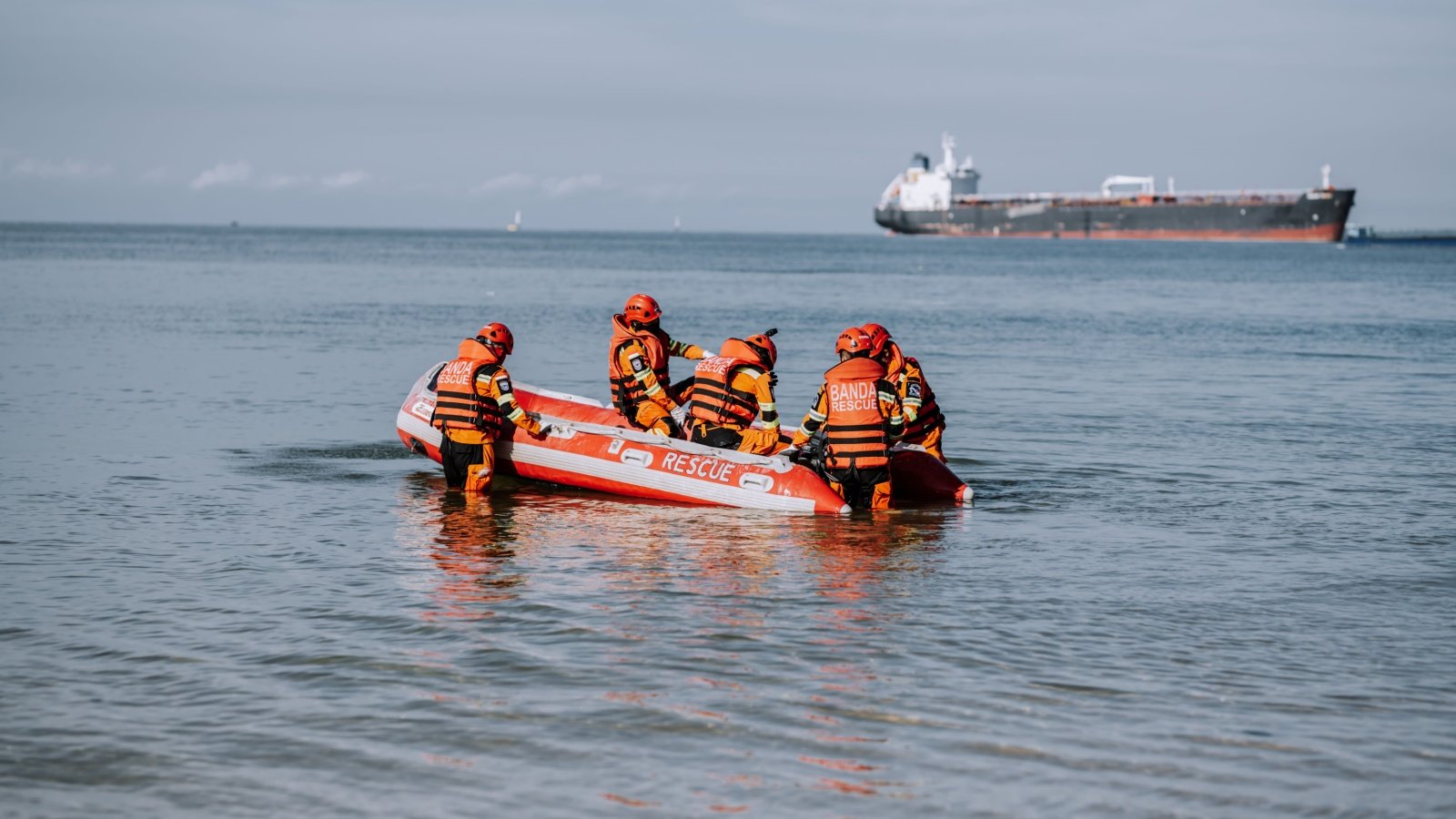
Initially, there was confusion about the fate of all the passengers. However, a rescue official later confirmed that all 69 individuals had been successfully rescued, with no reports of fatalities among them. This statement brought some relief amidst the uncertainty.
The Journey’s Origin

The refugees had embarked on a risky voyage from the Kutupalong camp in Bangladesh, aiming for a better life in Malaysia. Their journey took a tragic turn when their boat began to take on water and eventually capsized.
Reports of Missing Passengers

Despite the successful rescue of many, there was a stark discrepancy in the numbers. Samira, a 17-year-old survivor, reported that the boat originally had 146 passengers, suggesting that many were still missing at sea.
Additional Rescues

Before the official rescue operation began, local fishermen had already saved six Rohingya, highlighting the community’s role in the rescue efforts. This brought the total number of rescued individuals to 75.
The Plight of the Rohingya

The incident sheds light on the ongoing crisis faced by the Rohingya people. Fleeing from persecution and overcrowded conditions in Bangladesh, they undertake dangerous voyages in search of safety and a better life.
Indonesia’s Response

Indonesia, not a signatory to the United Nations’ 1951 Refugee Convention, has nonetheless provided refuge to these distressed individuals. The country has offered temporary shelter, even as it calls for international assistance to manage the influx of refugees.
The International Dilemma
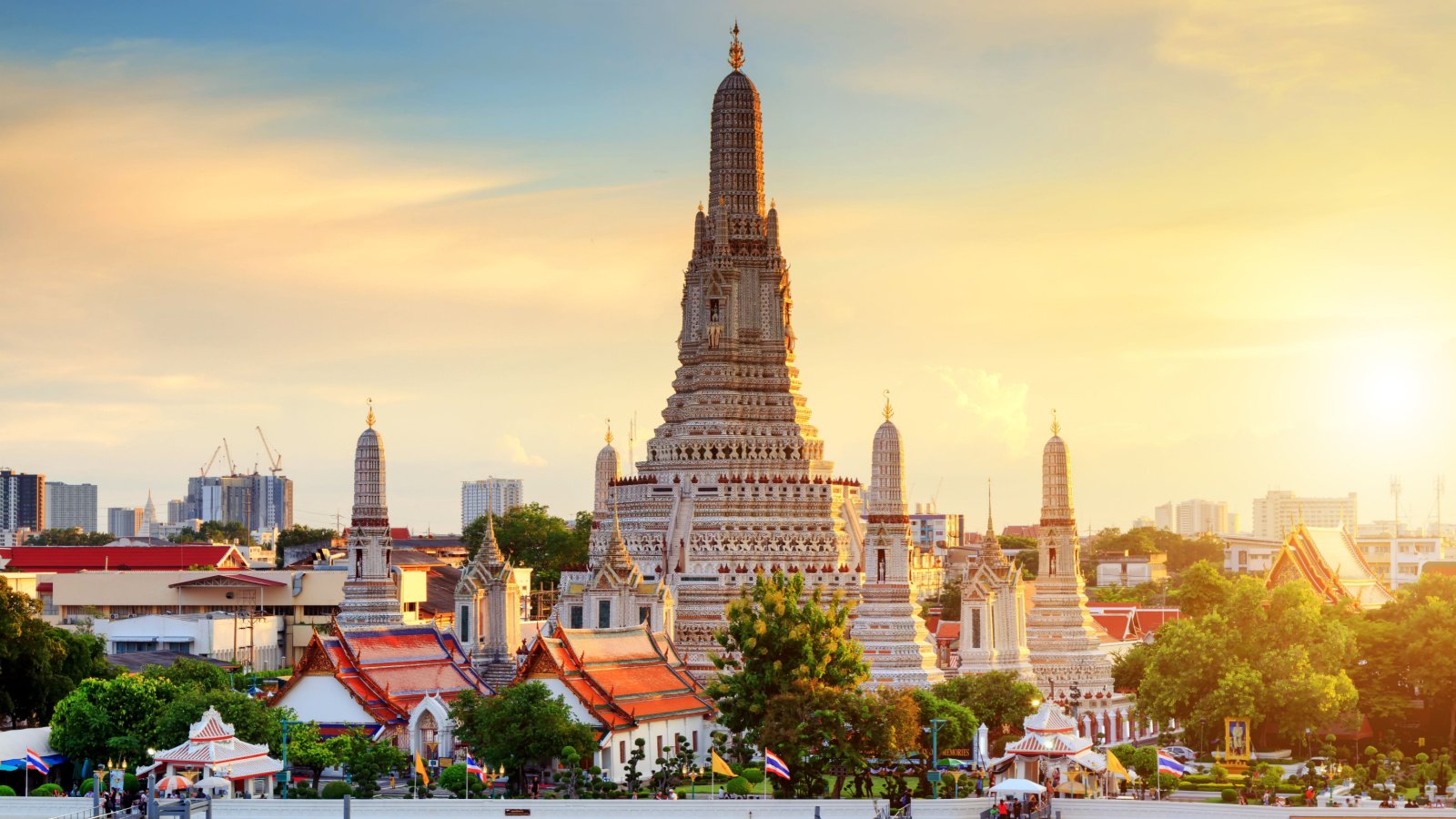
The Rohingya crisis poses a significant challenge to the international community. Countries in the region have been grappling with the influx of refugees, with Indonesia, Thailand, and Malaysia being key destinations.
A Call for Help

The situation has prompted Indonesia to seek global support in addressing the needs of the Rohingya. The country has been proactive in providing assistance but emphasizes the need for a collaborative international effort.
The Uncertain Future
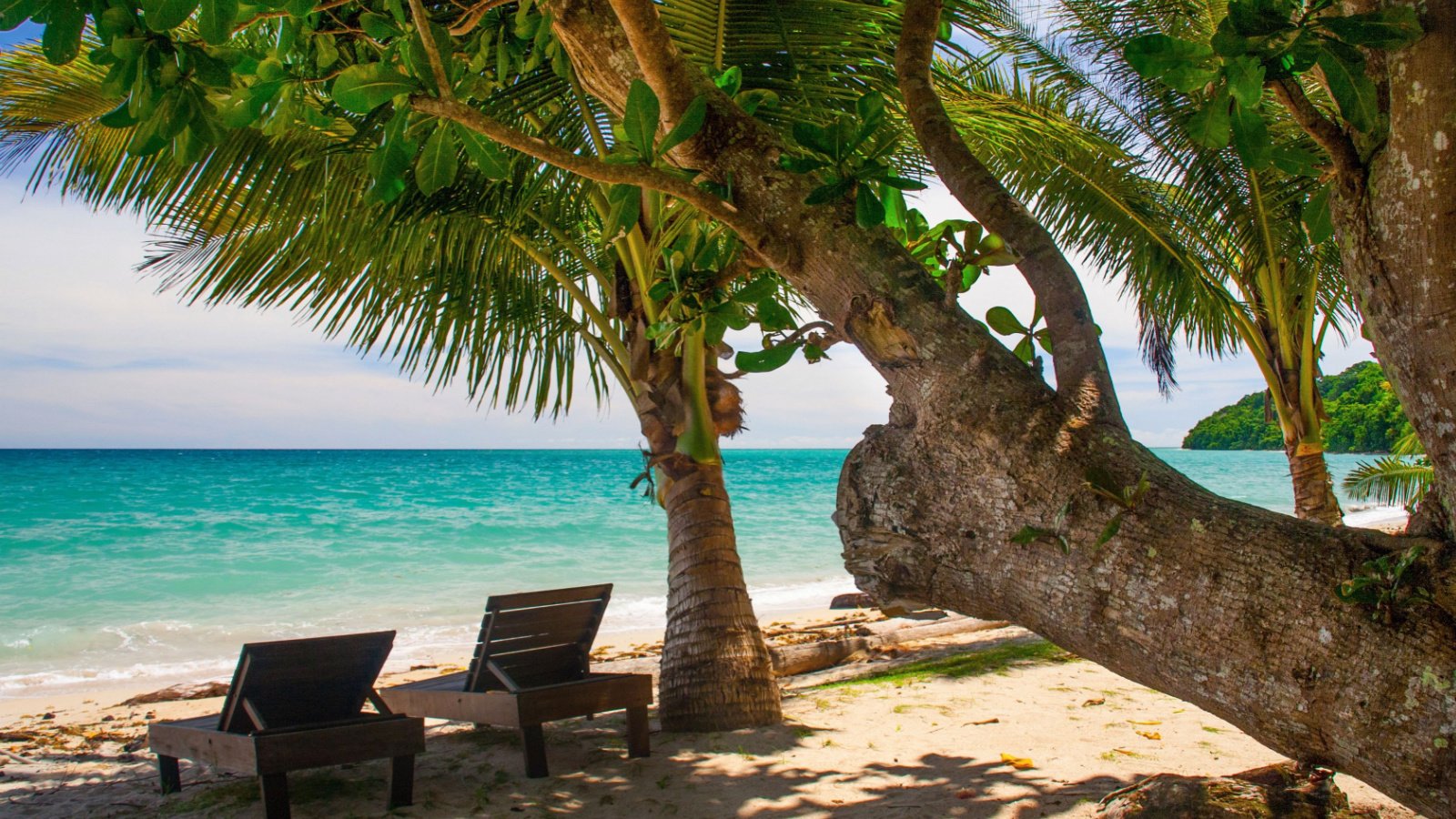
For the Rohingya, the journey to safety is fraught with risk. Despite the dangers, the lack of viable options compels them to flee by sea, a testament to their desperate quest for a place to call home.
A Global Concern
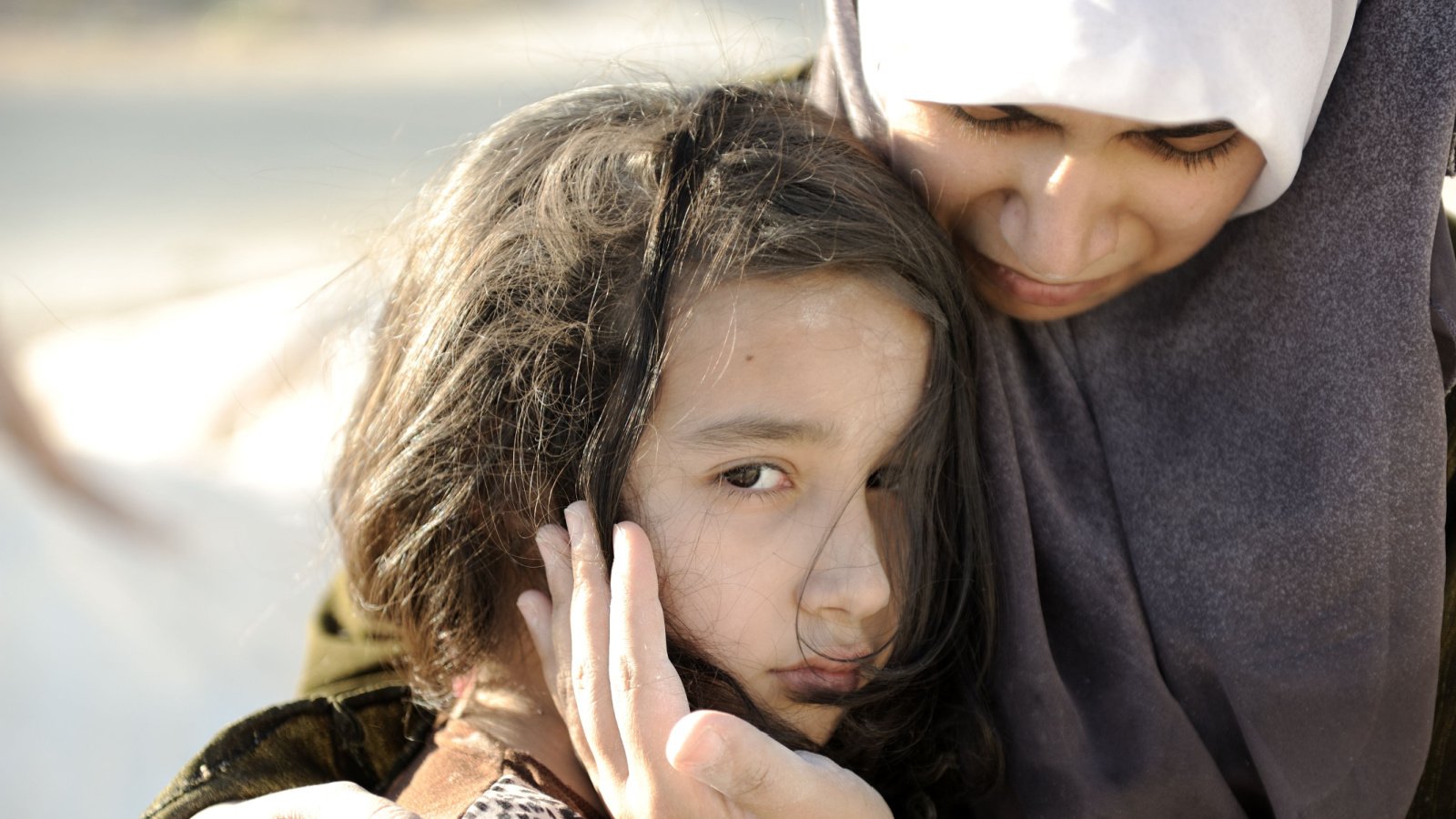
The incident highlights the broader issue of migration and refugee crises around the world. The Rohingya’s perilous journey underscores the urgent need for international cooperation and solutions to prevent such tragedies.
Looking Ahead

The rescue of the Rohingya refugees off Indonesia’s coast is a reminder of the human cost of conflict and displacement. It calls for a renewed focus on addressing the root causes of such crises and fostering a world where everyone has the right to safety and dignity.



